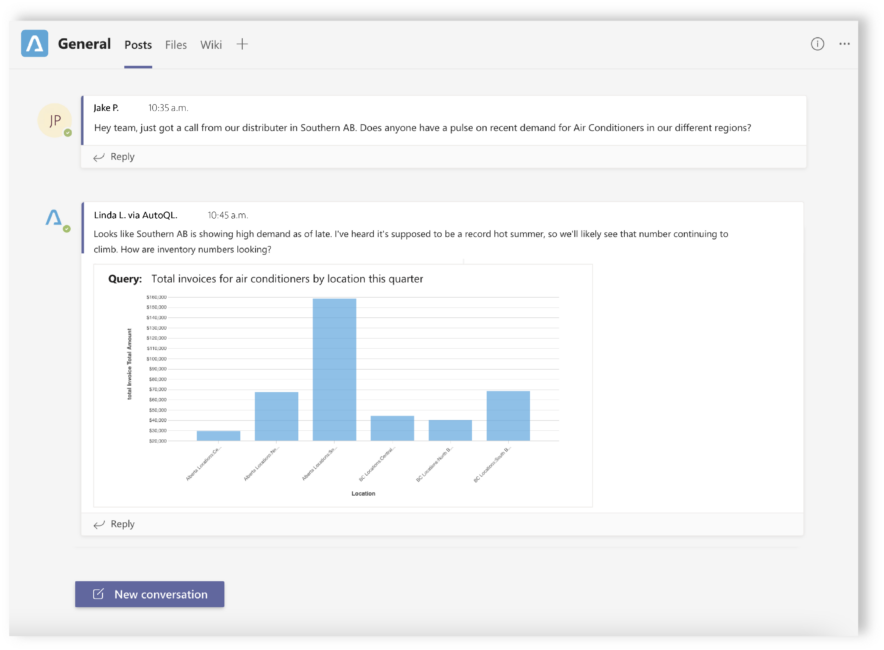~2 minute read
When it comes to supply chain management, meeting contract agreements and sales goals is critical. Unexpected shortages can do real damage to customer relationships and your bottom line. Companies must equip their employees with the means to identify potential shortages and work through related dependencies to mitigate disruption and resolve issues before they escalate.
Supply chain challenges can be complex and often require attention and work from multiple stakeholders in different locations or on other teams.
When a company is anticipating a potential shortage, it must be able to find the source quickly and communicate effectively up and down the supply chain to mitigate risk and keep things running smoothly. This means that teams need real-time visibility into their supply chain data, so they can react quickly and proactively when something goes wrong – whether that’s an unexpected surge in demand for a particular product or a natural disaster that significantly disrupts production in a specific region.
Self-service data access is vital for these teams, giving them the means to make time-critical decisions about what products to produce, what potential shortages are creeping in, and how much inventory they need to acquire from other sources. 
AutoQL for Teams provides business users with better data-driven collaboration and streamlined decision-making.
By leveraging AutoQL in Microsoft Teams, business users can query their data warehouse directly and share their findings immediately with other stakeholders. For example, they can ask queries related to stock shortages to identify which supplies or products are low in stock. They can ask additional inventory-related queries at different locations or regions to find out if they can leverage other suppliers to fulfill a potential shortage, avoiding disappointing customers or breaching a contract.
By querying directly in Teams and sharing their insights in dedicated channels, business users create the opportunity for data-driven conversation and collaborative problem-solving. With data in hand, multiple stakeholders can work together to resolve issues as they arise and identify potential future problems before they become detrimental.

